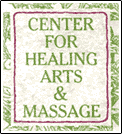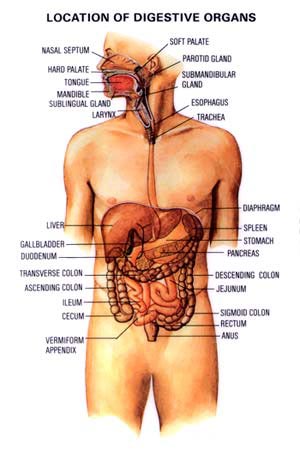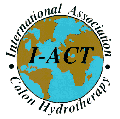


What is Colon Hydrotherapy?
 Colon hydrotherapy, is a safe, effective method of removing waste from the large intestine, without the use of drugs. By introducing filtered and temperature regulated water into the colon, the waste is softened and loosened, resulting in evacuation through natural peristalsis. This process is repeated a few times during the session. Colon hydrotherapy is best used in combination with adequate nutrient and fluid intake, as well as, excercise. Today's sophisticated technology promotes both the safety and sanitation of this popular cleansing practice.
Colon hydrotherapy, is a safe, effective method of removing waste from the large intestine, without the use of drugs. By introducing filtered and temperature regulated water into the colon, the waste is softened and loosened, resulting in evacuation through natural peristalsis. This process is repeated a few times during the session. Colon hydrotherapy is best used in combination with adequate nutrient and fluid intake, as well as, excercise. Today's sophisticated technology promotes both the safety and sanitation of this popular cleansing practice.
Why Should I Be Concerned About My Colon?
The colon has been referred to as the sewer system of the body. It is the place where we store the waste material that most of us would rather not think about and most of us don't until our health becomes poor or we feel constipated or have diarrhea. It best benefits the body due to release of this accumulated congestion in the bowel.
Historical View

Historians tell us that the practice of Colon Hydrotherapy or, in its most basic form, the enemas was first used by the Egyptians. The Ebers Papyrus, of the 14th century B.C., and the Edwin Smith Papyrus (c. 1700 B.C.), both mention enemas and give directions for the use of the enema.
The Essene Gospel of the third century state, "The uncleanness within is greater than the uncleanness without. And he who cleanses himself without, but within remains unclean, is like a tomb that outward is painted fair, but is within full of all manner of horrible uncleannesses and abominations."
The 17th Century became known as the "age of enema", or the "age of clysters." It was an acceptable practice in Parisian society to enjoy as many as three or four enemas a day, the belief being that an internal washing or "lavement" was essential to well-being.
By the late 19th Century and early 20th Century, with the advent of rubber, the enema or clyster slowly gave way to colon hydrotherapy equipment which improved the cleansing of the colon.
Dr. Kellogg reported in the 1917 Journal of American Medicine that in the treatment of gastrointestinal disease in over 40,000 cases, he had used surgery in only twenty cases. The rest were helped as a result of cleansing the bowels, diet, and excercise.
Colon hydrotherapy eventually gained the attention of James A. Wiltsie, M.D., who contended that "our knowledge of the normal and abnormal physiology of the colon, and of its pathology and management, has not kept pace with that of many organs and systems of the body." He went on to say, "As long as we continue to assume that the colon will take care of itself, just that long will we remain in complete ignorance of perhaps the most important source of health in the whole body."
How Many Colon Hydrotherapy Session Does One Need?
Of course, the number colon hydrotherapy sessions desired will depend on the individual. Every person's goals will differ. Just as some people exercise on a daily or weekly basis to tone and tighten their outer body, some people follow an ongoing cleansing, toning and rebuilding regime for the inner body. Colon hydrotherapy could be used as part of any regular maintenance program.
What Is A Colon Hydrotherapy Session Like?
A session is a comfortable experience for many people. It produces no toxicity. Techinques utilized allow a small amount of water to flow into the colon gently stimulating the colon's natural peristaltic action to release softened waste. The inflow of a small amount of water and the release of waste may be repeated several times. The removal of waste should encourage better colon function and elimination.
During the session, most clothing can be kept on and you will be draped, or a gown might be worn to ensure mode modesty. Your dignity is always maintained.
Sanitation
Modern colon hydrotherapy equipment is manufactured through compliance with strict FDA guidelines that dictate rigorous accountability. The FDA-registered equipment features temperature controlled water mixing and back flow prevention valves, pressure and temperature sensors, and a built-in chemical sanitizing unit and/or water purification unit. Disposable single-use rectal tubes, and/or speculae are highly recommended.
affiliated with:







